The 7 Steps Of Tequila Making
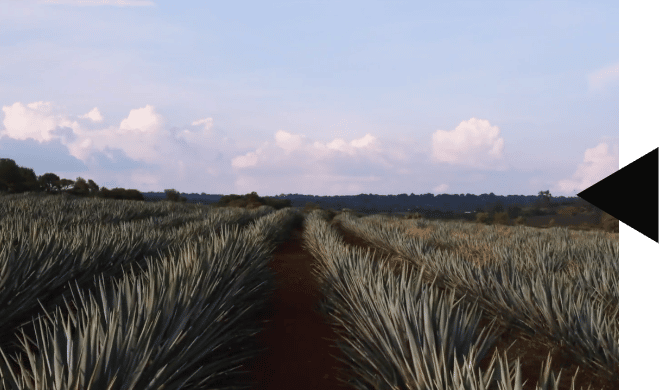

Harvesting
The planting, tending, and harvesting of the blue weber agave plant remains a manual effort that relies on centuries-old know-how, passed down from generation to generation. The agave is grown in our distillery’s fields in the lowlands which have been cultivated for three generations. The plants grow in neat rows for six to ten years and are meticulously tended until they are ripe and ready to harvest.
The harvester, or “Jimador,” removes the agave leaves with a sharp curved tool called a coa. The Jimador trims the 200-plus leaves that protect the heart or piña of the agave until the whole heart is extracted from the ground. Only the heart, or “piña,” of the agave plant is used to make tequila. Mature piñas weigh anywhere between 80-300 pounds; however, the size of the agave heart is not nearly as important as its sugar content. The older the agave, the longer the piña will have to accumulate the starches that will convert into fermentable sugars. Approximately 15 pounds of agave piñas are required to produce one liter of delicious tequila.
Cooking
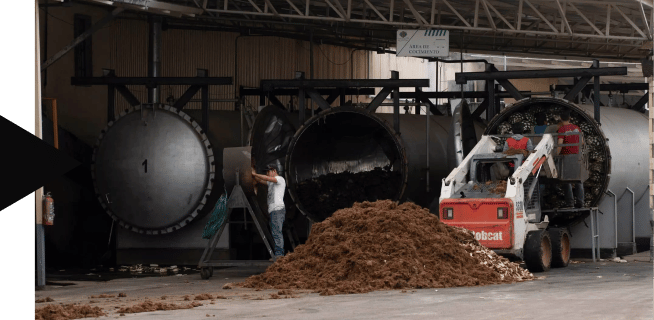

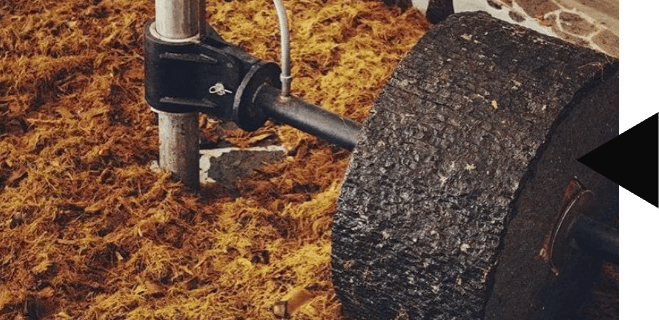

Extraction
Fermentation


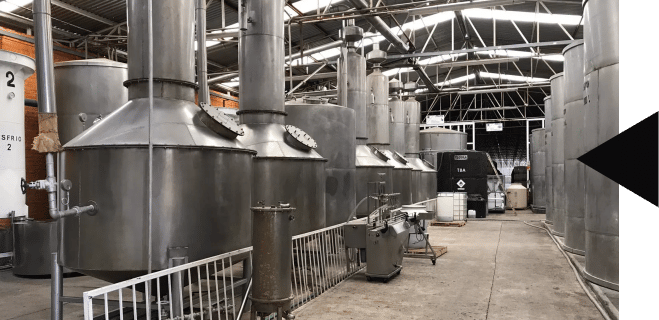

Distillation
The fifth step of creating tequila is distillation, which occurs with heat and steam pressure within stainless steel pot stills. While some tequilas are distilled three times, Etéreo tequila is distilled twice, which accentuates the purity of the agave notes. The first distillation, also known as “deztrozamiento” or “smashing,” takes a couple hours and yields a liquid with an alcohol level of about 20% known as “ordinario.” The second distillation, known as “rectification,” takes three to four hours and yields a liquid with an alcohol level near 55%. After the second distillation the tequila is considered silver, or “blanco,” tequila.
Aging
Our tequila is aged in either French Limousin Oak or American White Oak barrels that have previously been used to age bourbon. Reposados are aged between two and twelve months, Añejos are aged between one and three years and Extra Añejos are aged for over three years. The longer the tequila ages, the more color, and tannins the final product will have. The condition of the barrels (such as their age, previous use, and if their interiors have been burnt or toasted) will also affect the tequila’s taste.
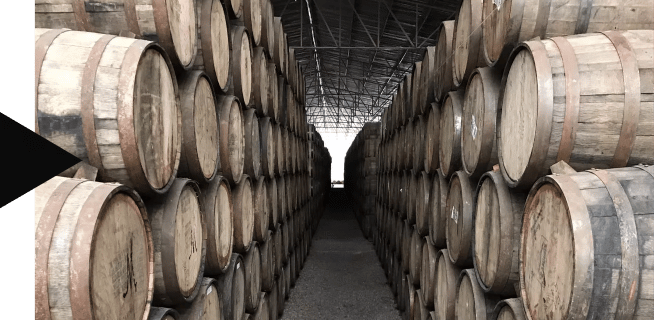

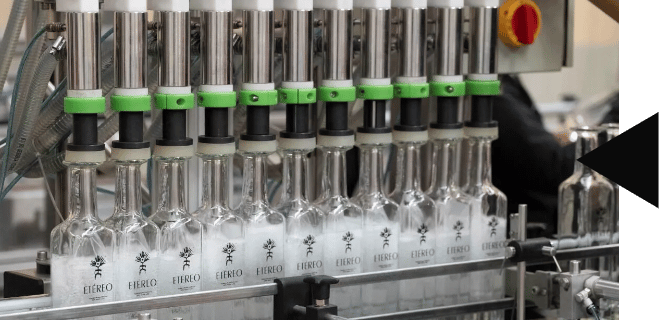

Bottling
The final step in our tequila making process is bottling and quality control using the most modern, automated techniques. Our bottles are made from high crystal glass and initially rinsed with the given tequila. The bottles are then filled, meticulously hand-labeled with stickers, and packaged in boxes. Each step of the process is overseen by two quality control managers.
Our Process For Tequila Making
In 1761, the Camarena ancestors planted more than 20 thousand agave plants – and for six generations have preserved the tradition and passion for developing the highest quality tequilas. Today, our distillery, Casa Camarena, blends decades-old, traditional techniques with modern knowledge of quality standards to perfect the taste of our tequilas.

